NIKE, Inc. was founded in 1964 by William Bowerman and Philip Knight and is headquartered in Beaverton, Oregon. It is the most valuable sportswear brand in the world ahead of its fierce rival Adidas.
Nike manufactures and sells a wide collection of sportswear and casual wear, including athletic footwear, casual sneakers, sports apparel, accessories, and equipment. It also offers a variety of sport-related services.
In FY 2020, Nike made $41.3 billion in revenue, net income of $4.3 billion, and has over 76,000 employees. Nike’s equipment revenue in the U.S. has been declining steadily since 2014 and was down 14% year-over-year from 2019. It generates around 43% of total revenue from North America, which is its primary market.
Since its founding, Nike has expanded across the world and its brand value has increased year-on-year since 2010 to around $34.4 billion in 2020.
It dropped by 60% in Q4 of 2020 amid the crisis and stiff competition. Nike also fends off several competitors across different sectors from footwear, sports apparel, athleisure, casual wear, and accessories.
Here are top Nike’s competitors and alternatives:
1. Adidas
Established in 1949, Adidas is a global brand and Nike’s top competitor. Nike vs. Adidas rivalry cuts across different sectors from footwear, apparel, and sports equipment, and accessories.
The brand value of Adidas has increased year-on-year for five consecutive years and reached $12.07 billion in 2020.
It increased its advertising spending in the US to $688 million in 2019 to catch up with Nike and also partnered with high profile celebrities like Kanye West, Pharell Williams, Run DMC, and Beyonce.
These efforts delivered 10% growth in North America and record earnings in 2019. It is growing quicker in emerging markets like China at 11% and gaining the upper hand globally over Nike. Adidas’ portfolio includes Reebok, TaylorMade, and Runtastic, which increase its advantage further.
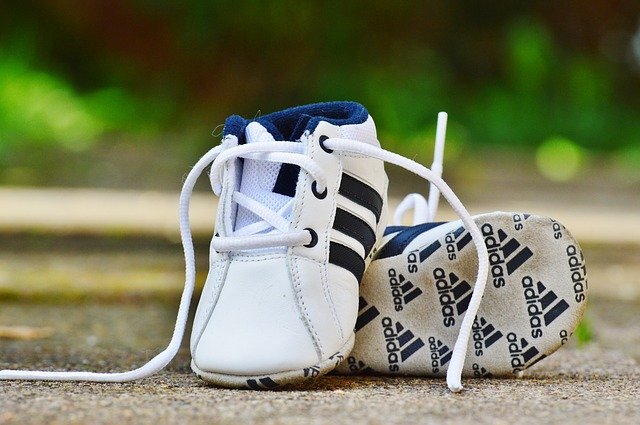
2. New Balance
Founded in1906, New Balance expanded to become one of the top footwear brands in the world. It offers its products in over 120 countries worldwide and reached $4 billion in revenue in 2019.
Its share of the baseball segment in MLB increased by 1% from 18% in 2018 to 19% in 2019.
Even though New Balance still trails Nike with 43% of the market share and Adidas at 22%, its recent focus on the sector can help increase its share in 2021 and beyond.
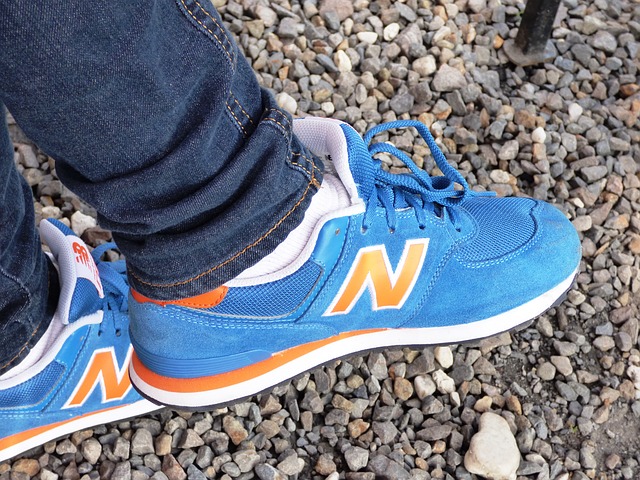
3. Puma
Puma and Adidas have a long history that goes back to 1948. Just like its estranged brother, Puma has been putting pressure on Nike for decades. In 2019, Puma’s net income was up 40% compared to a 108% increase for Nike.
Puma’s sales in Q2 of 2020 dropped by 31% with a net loss of over $100 million due to the crisis.
Diversity is one of the hottest issues for consumers in 2020. Currently, Puma’s supervisory board is 16% black and 33% female, while Nike’s board of directors is 15% black and 31% female.
This puts Puma in a better position to entice Black Americans and women better than other Nike competitors and alternatives.
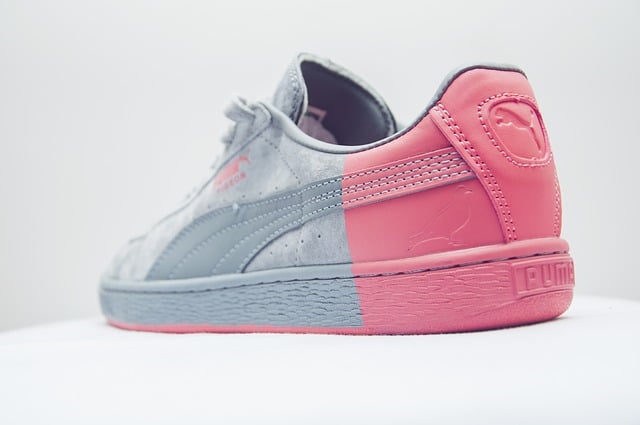
4. Reebok
Adidas-owned Reebok is a British sports brand that ruled the 1990s with cool sneakers and tracks. The brand has differentiated itself from Nike and other competitors by providing premium, high-end range, and mid-range footwear options.
In Q2 reported in August 2020, Reebok posted a 42% decline in sales, and its contracts with the NFL and NBA have also expired, which can impede its recovery.
According to reports, Adidas is looking to sell Reebok in 2021 for around $1 billion. This is about $2.8 billion lower than the $3.8 billion Adidas shelled out for the brand in 2005.
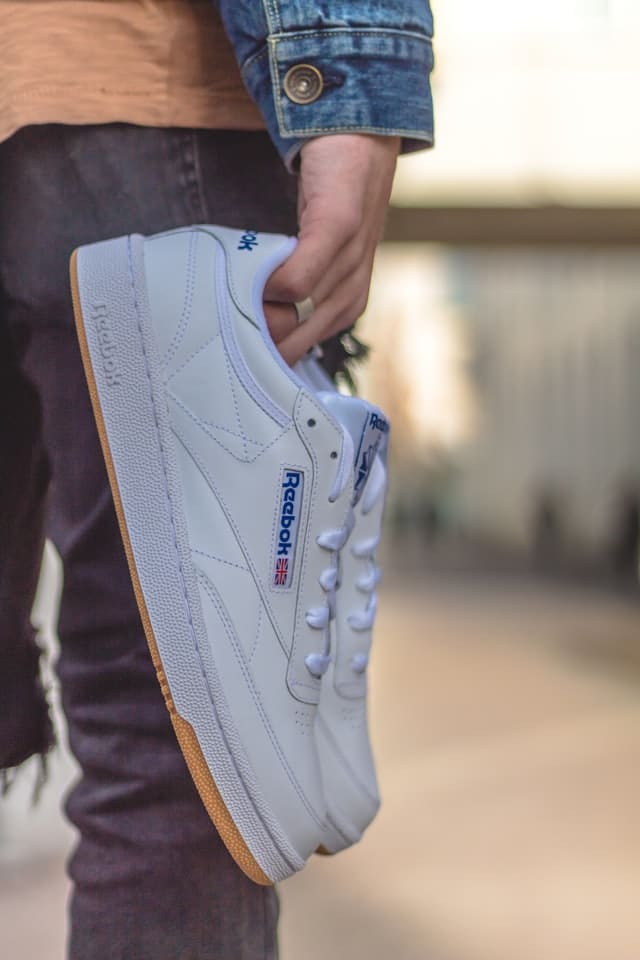
5. Converse
Converse is an iconic brand built around the idea that the creative spirit has the power to change the world. It has a strong and loyal customer base among the youths.
Even though Converse is currently owned by Nike, the brand has retained its authenticity and competes for market share against its parent company.
It offers an extensive lineup of sneakers, tennis shoes, and accessories. In FY 2020, Converse generated around $2 billion in revenue and maintained its position among the most popular sports brands in the world.
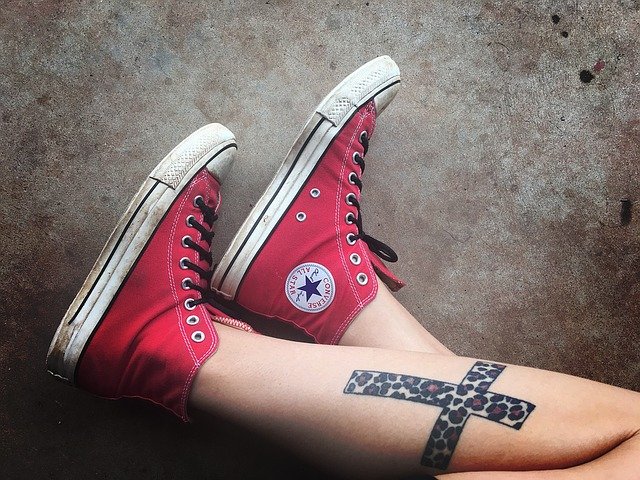
6. Fila
Fila rose to fame in the 1980s and was popular among urban youths and causal basketball players. The brand declined in the late 1990s but is making a comeback since it was bought by Korea Fila in 2007.
It is emerging as the preferred brand for influential trendsetters like Rihanna and also got a place in the 2019 Milan Fashion Week.
It posted a new sales record in 2018 at $2.6 billion and increased its revenue by 205% from 2016 to 2018 alone. Fila is back to compete for market share.
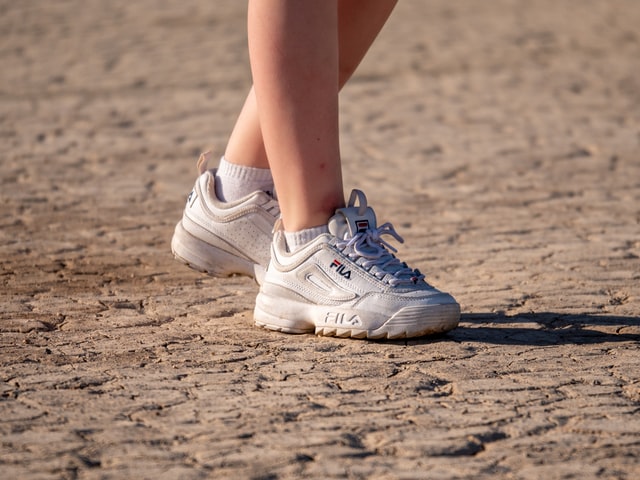
7. Under Armour
With a brand valuation of $4 billion, Under Armour has been in the industry for less than 25 years but has claimed its position in the footwear sector. Both Nike and Under Armour have enjoyed year-over-year increases in sales in the past 5 years.
It has invested over $130 million in restructuring since 2017. In the first half of 2020, Under Armour’s restructuring has deepened its net loss to $773 million.
The restructuring can either increase its competitiveness when it is completed or sink the company deeper into losses.
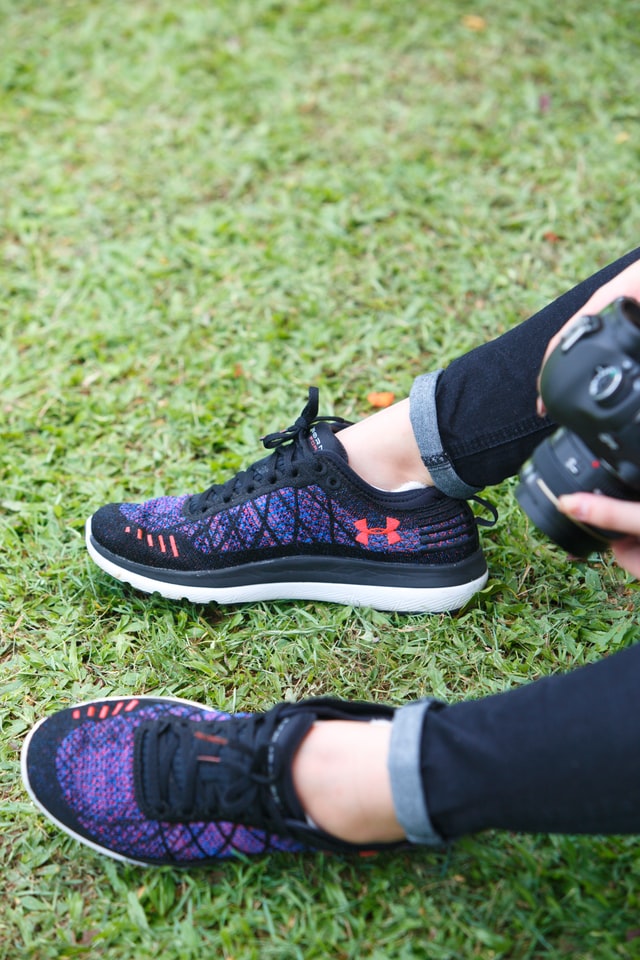
8. Lululemon
Even though 22-year-old Lululemon does not sell footwear, it competes against Nike in the yoga-inspired basics. Its trademarked fabrics like Nulu and Everlux gives it an upper hand over Nike.
In Q1 2020 ended on May 3, e-commerce accounted for 54% of its revenue compared to 30% for Nike during the same period. Overall sales growth for Lululemon is higher than Nike’s even though their e-commerce growth rates are similar. Lululemon is catching up quickly.
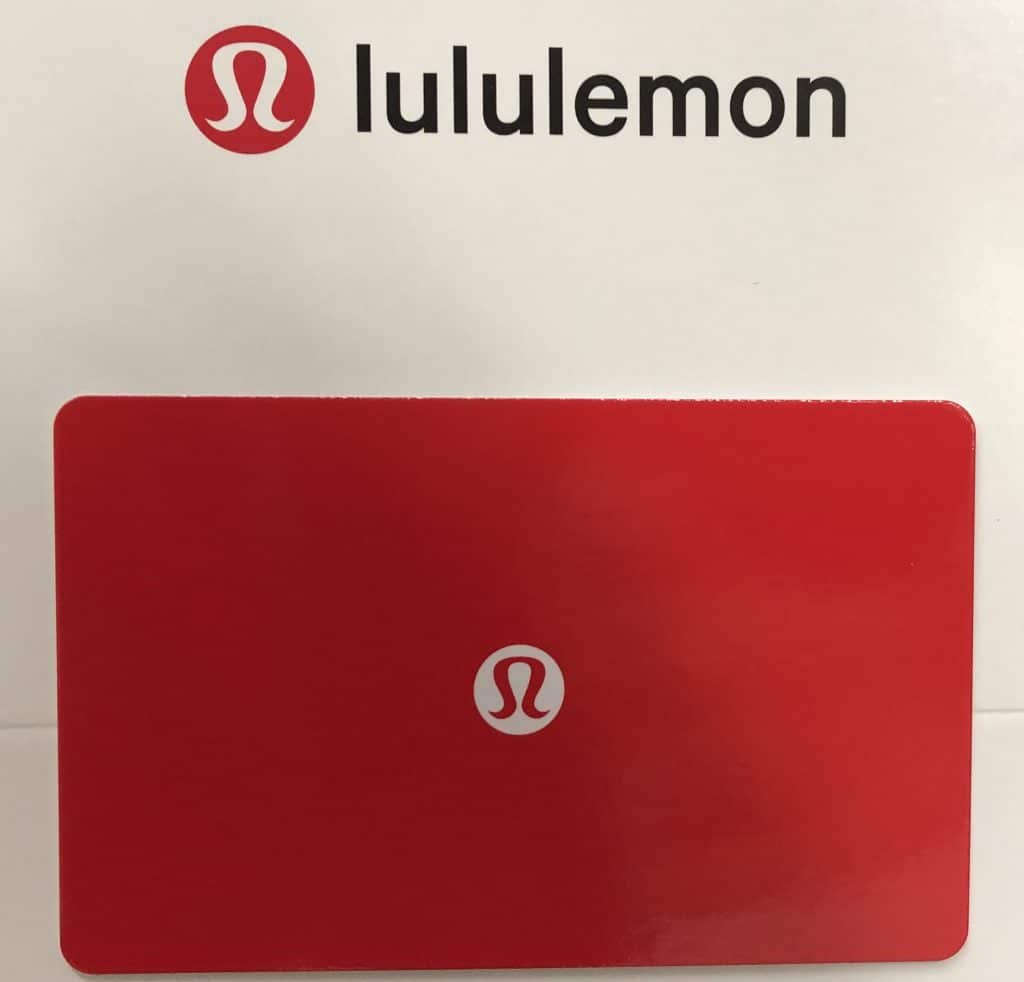
9. Asics
Nike and Asics have a long history that goes back to the 1960s when Nike’s founder Phil Knight distributed shoes made by Onitsuka Tiger, which later became Asics. It now offers running shoes in Asia, Australia, the US, the UK, and several other countries.
About 84% of contestants in 2019 preferred Nike’s Vaporfly Next% sneakers, which has decreased Asics’ popularity among athletes from 51% in 2018 to 7% in 2019. But, the company has enough experience to reclaim its market share.
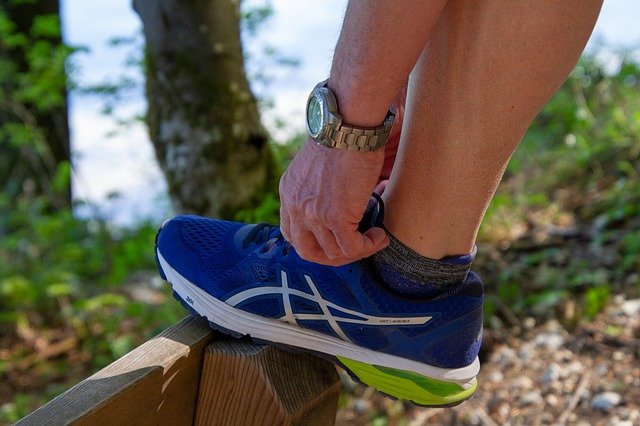
10. Anta Sports
Founded in 1991, Fujian-based Anta Sports is the leading sportswear brand in China. Its collection of sports apparel, footwear, and accessories is extensive. In FY19, its annual revenue reached over $5 billion and grew at a CAGR of 18%over the past ten years.
With 15% of China’s market share in 2020, Anta is now one of the largest sportswear brands in China and Nike’s competitor.
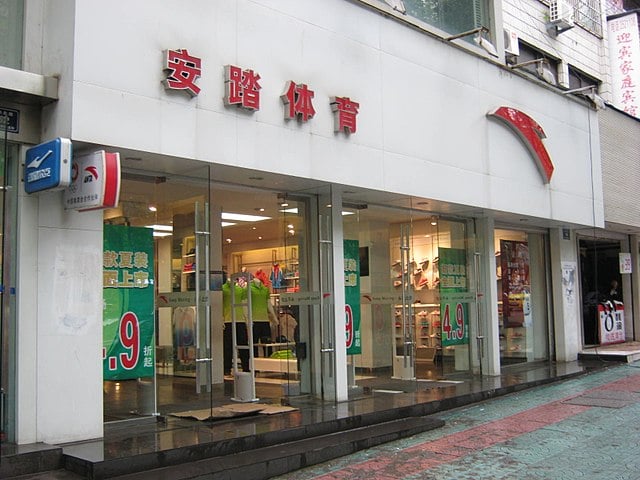
11. Vans
Vans is a cool shoe and apparel brand founded by first-generation Americans to celebrate their immigrant roots. The LA-based brand is always engaging, highlighting, and advancing issues that affect disadvantaged communities in the US.
In Oct 2020, Vans released a new collection of shoes, hoodies, T-shirts, and hats that focus on the concept “Work a Day in Our Shoes” to celebrate the hard-working lower and middle-class. Vans shoes retail for $100 but a portion of the proceeds goes to community-based NGOs. Involvement in the community gives Vans an upper hand over Nike.
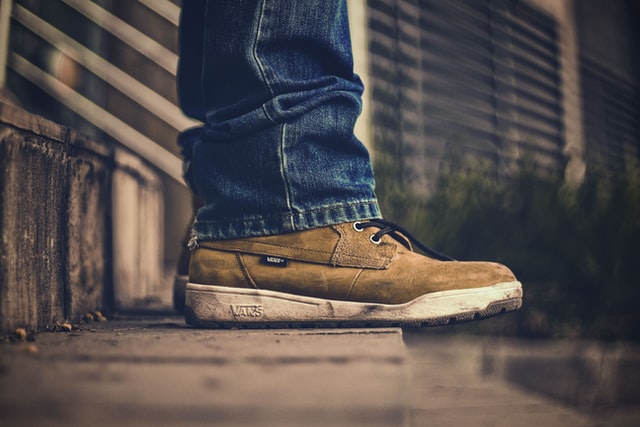
12. Gymshark
Gymshark is a $1.4 billion sports brand founded by 28-year-old Ben Francis, a former pizza delivery guy from a small English town. Known as the Nike of Gen Z, Gymshark rose to fame by offering high-quality $25 athletic shorts and leveraging influencer marketing on TikTok.
In 2020, Gymshark’s revenue increased by 40% to reach $330 million. The company was also boosted by a $300 million investment in August 2020 by General Atlantic for 21% of the brand.
It pays 80 ripped fitness influencers between $6,000 and $100,000 per year to live and sell the Gymshark lifestyle on TikTok and Instagram.
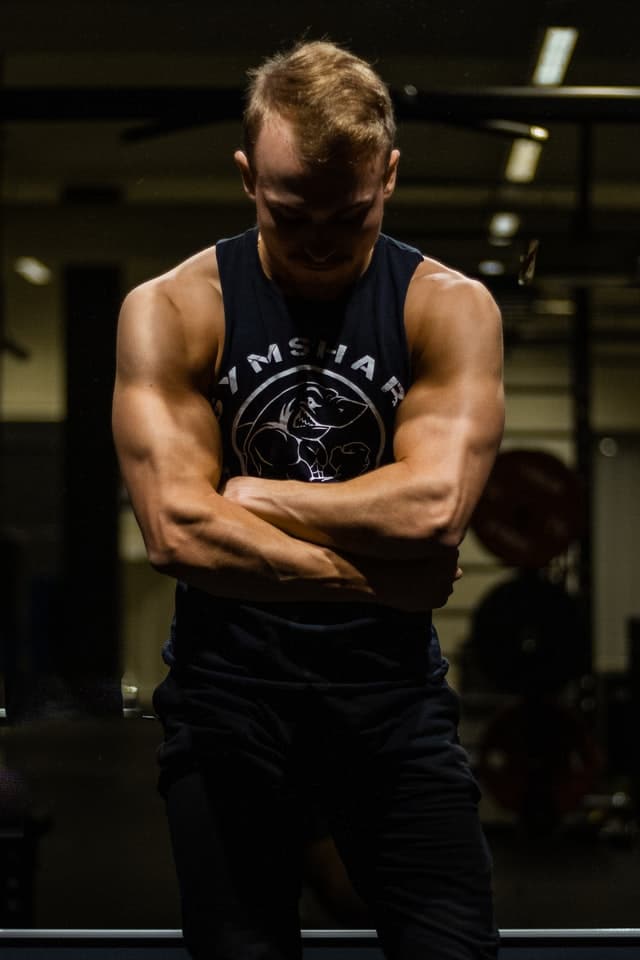
13. Brooks
Brooks is a high-end brand and part of the prestigious Warren Buffett’s Berkshire Hathaway holding company. It manufactures high caliber running shoes and apparel. 92% of its products are sold through retailers like Nordstrom.
In 2020, Brooks became one of the top-selling shoe brands ahead of Nike in the share of running shoes bought between March and June. In specialty running stores, Brooks is ahead of Nike.
In 2019, Brooks’s revenue was around $750 million and expects sales to increase by up to 20% in 2020. It will soon become a billion-dollar brand.
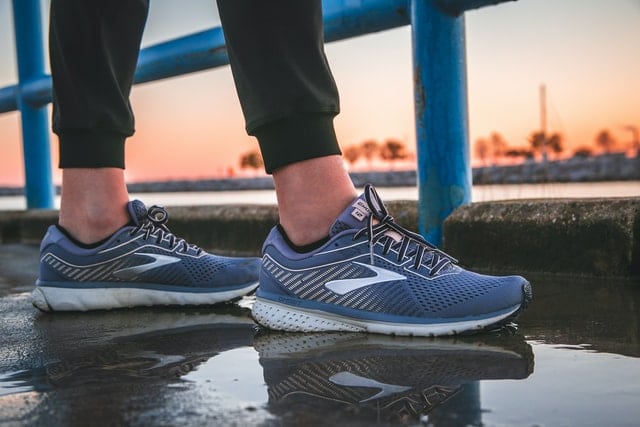
14. Champion
Champion was the most influential name in sportswear long before Nike and Adidas came to the scene. By 1919, the brand was sponsoring major sports events like the NBA and was the favorite casual sportswear brand almost 50 years before Nike.
Champion invented the hoodie and was the pioneer of the “reverse weave” manufacturing technique. Even though the brand has faded from its glory days, its unique styles from the early days are coming back into fashion.
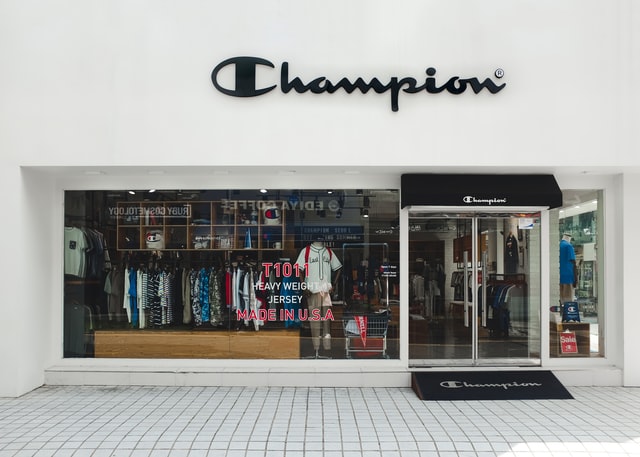
15. Columbia Sportswear Co.
Founded in 1938, Columbia Sportswear Company manufactures and sells sportswear, including footwear, apparel, equipment, and outerwear accessories.
The brand has struggled with low sales in 2020 and reported a 23% decline in quarterly sales for Q3 2020 to $701.1 million and failed to meet Wall Street’s expectation of $767.13 million in quarterly revenue.
The decline shaved nearly $1.5 billion off the brand’s $6.4 billion market cap. Columbia Sportswear is still a worthy Nike competitor.

16. Skechers
Founded in 1992, Skechers has built a global brand renowned for providing affordable lifestyle and performance footwear. In 2019, its global net sales amounted to nearly $5.2 billion and have increased its net sales by over $3 billion from 2014 to 2020.
The average price for Skechers’ footwear brands in 2019 was $21.67, which is lower than Nike by a wide margin.
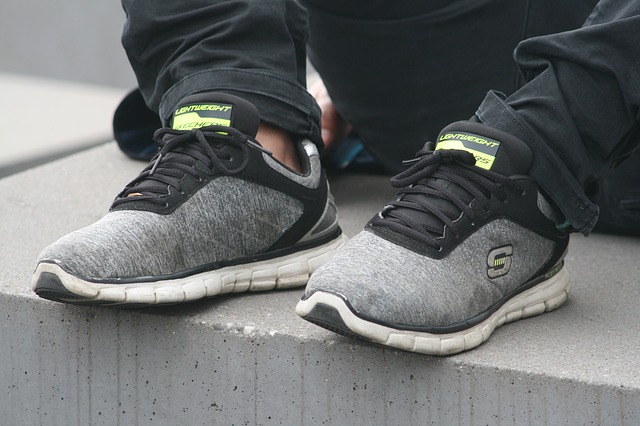
17. Alo Yoga
LA-based Alo Yoga is an exercise gear brand that has established itself as the go-to brand for fitness gear. Its e-commerce store topped the list of fastest-growing athleisure platforms in the US between March and July of 2020.
Average web traffic into Alo Yoga’s online store increased by 131% from 1.1 million visitors between March and July 2019 to 2.7 million visits in 2020 within the same timeframe. It is rising on the list of Nike’s competitors.
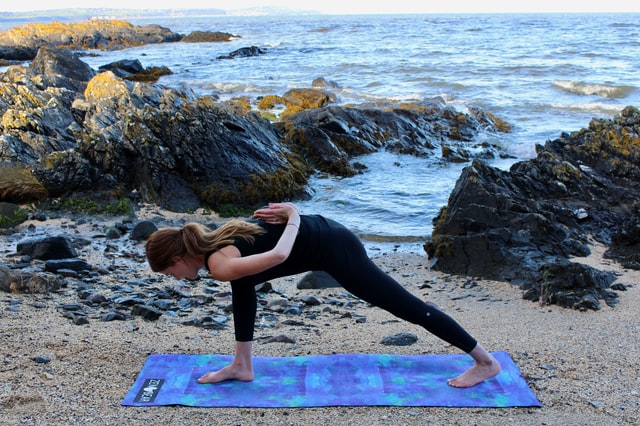
18. Li Ning
Li Ning is a Chinese sports shoe company owned by China’s best-known gymnast who goes by the same name. In 2020, it has been overtaken by newcomers like Anta Sports and Xtep but still holds 6.1% of the market share in China and lags far behind Nike’s 23%.
In 2019, Li Ning’s revenue rose 32% to 13.9 billion Yuan and net income more than doubled to 1.5 billion Yuan. It forecasted a profit margin of 10.5% for 2020.
19. Xtep International Holdings
Xtep is engaged in the manufacture and sales of sportswear, including footwear, apparel, and accessories. The Hong Kong-listed brand is one of the fastest-growing sportswear companies in China.
In 2019, its revenue increased by 10% to over $700 million and is projected to maintain double-digit growth in 2020 and beyond. Its ever-increasing revenue and market share in China makes it one of top Nike’s competitors.
20. K-Swiss
K-Swiss is an American footwear brand that specializes in tennis shoes, sneakers, and tennis-related apparel.
In 2020, the brand was boosted after it sealed a partnership with Venus Williams to create a new collection design. The tennis superstar helped to redesign the K-Swiss Classic 66.
The collaboration can entice more tennis players and their fans to the brand in 2021 and beyond.
References & more information
- Shahbandeh, M. (2020, Nov 23). Global brand value comparison of Nike and Adidas from 2010 to 2020. Statista
- Faris, J. (2020, Jun 29). Just do it? Nike’s struggles may be an enticing entry point. The Breeze
- Mourdoukoutas, P. (2020, Jan 11). Adidas Beats Nike. Forbes
- Witrado, A. (2020, Feb 28). New Balance Is Collaborating With Big League Chew For A New Bold Launch. Forbes
- Keown, C. (2020, Sept. 23). Nike’s Earnings Were So Good Its Rivals Adidas and Puma Are Rising. The Barron’s
- Young, S. (2020, Nov). Adidas Reportedly Moving Forward With Reebok Sale, Taps JPMorgan. Footwear News
- Shahbandeh, M. (2020, Nov 23). Revenue of Converse worldwide 2010-2020. Statista
- Mavericks, J. (2020, Jul 8). The Meteoric Rise, Fall, and Reascension of Fila. Medium
- Yang, R. (2020, Aug 8). Nike vs. Under Armour. The Motley Fool
- Saibil, J. (2020, Aug 21). Nike vs. Lululemon Athletica. The Motley Fool
- Reidy, G. (2020, Jan 6). Asics Runs Into Trouble as Athletes Opt for Nike’s Super-Shoe. Bloomberg
- Chong, T. (2020, Sept 10). ANTA SPORTS shows the resilience of the leader under the epidemic. POEMS
- Liu, P. (2020, March 27). Li Ning says 2020 will be more profitable. South China Post
- Choi, M. (2020, Mar 18). Hong Kong-listed sportswear maker Xtep reports a rise in net profit, says ‘double-digit’ growth still possible in 2020. South China Post
- Brown, K. (2020, Oct 2). Vans and L.A. label collaborate to celebrate immigrant roots, working-class heroes. Los Angeles Times
- Sternlicht, A. (2020, Dec 2). How A Former Pizza Hut Delivery Guy Used TikTok And Instagram To Build Gymshark Into A Billion-Dollar Sportswear Brand. Forbes
- Wahba, P. (2020, July 23). Brooks sprints past the competition as the coronavirus turn more people into runners. Fortune
- Aidan, D. (2020, Feb 7). A review of Champion: the trendy sportswear brand. The Pioneer Log
- Kish, M. (2020, Nov 2). Columbia Sportswear resets after a brutal quarter. Biz Journals
- Shahbandeh, M. (2020, Nov 23). Net sales of Skechers worldwide 2011-2019. Statista
- Drayton, J. (2020, Aug 24). Fastest Growing Activewear Brands of 2020. Similar Web
- Newcomb, T. (2020, Nov 11). Venus Williams And K-Swiss Partner On Collection Design. Forbes
- Featured Image by Paul Volkmer

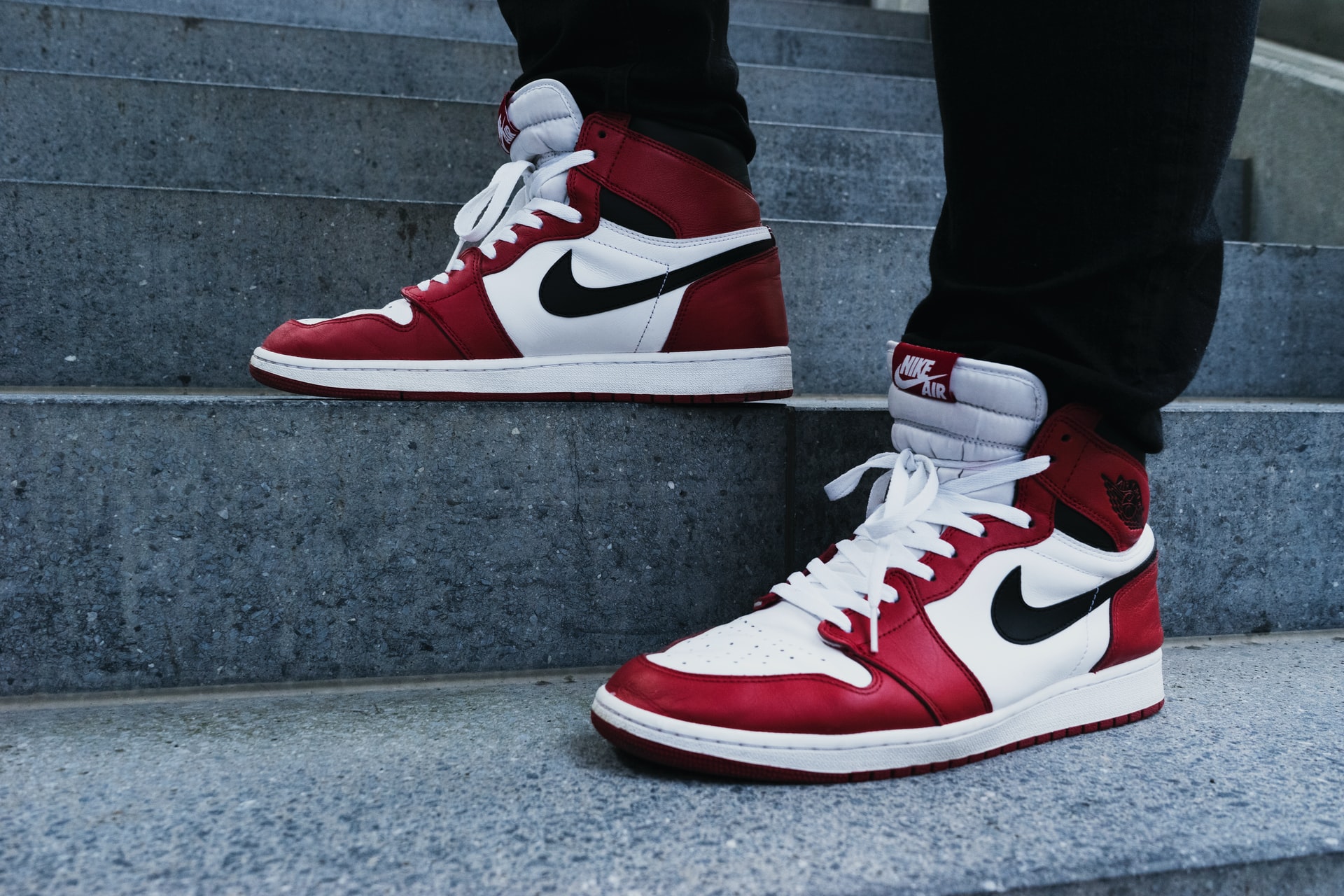
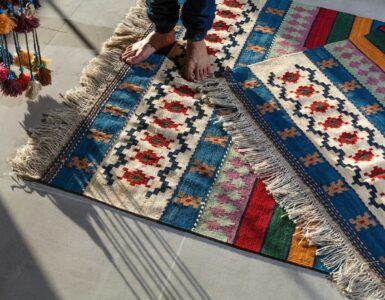


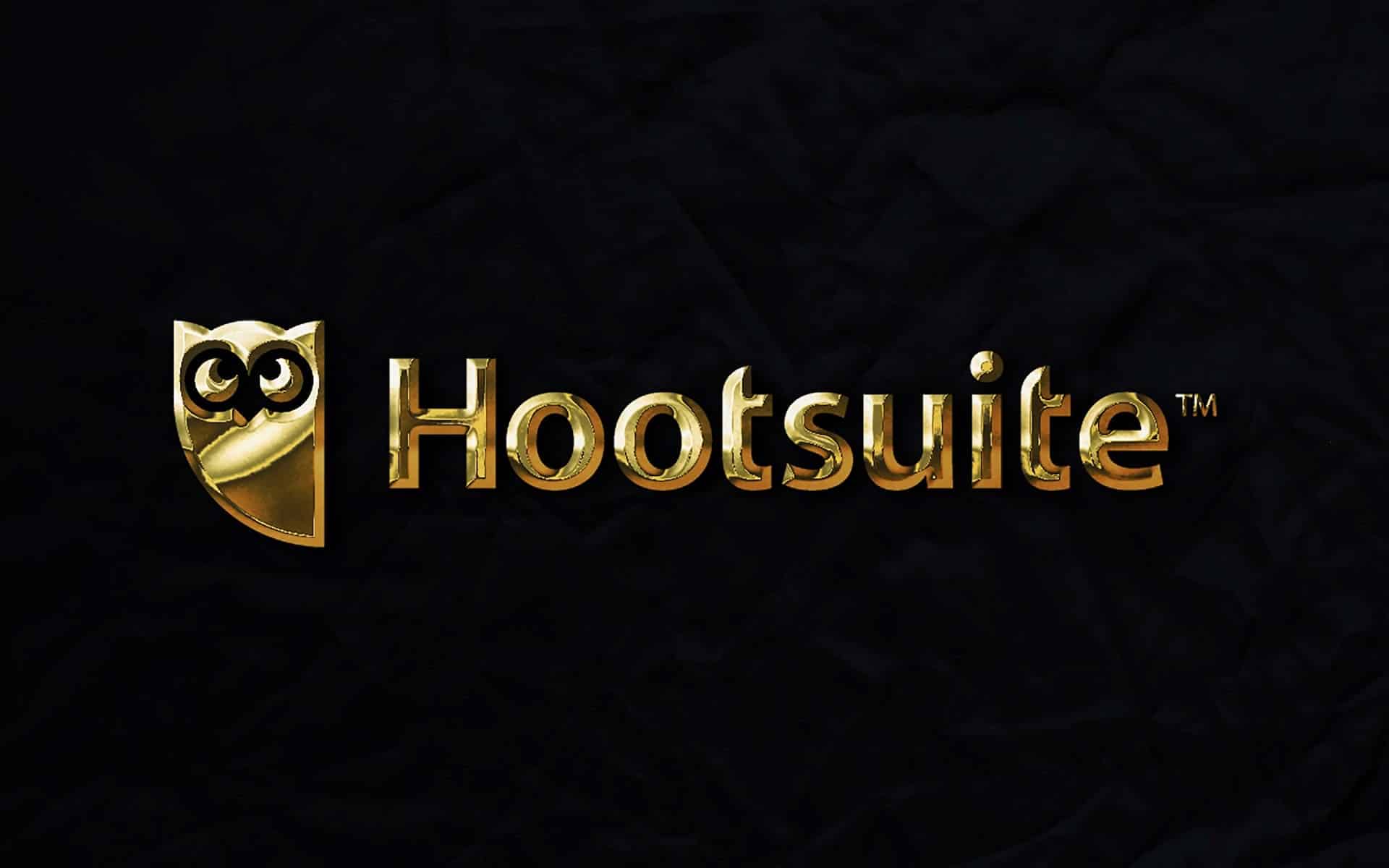





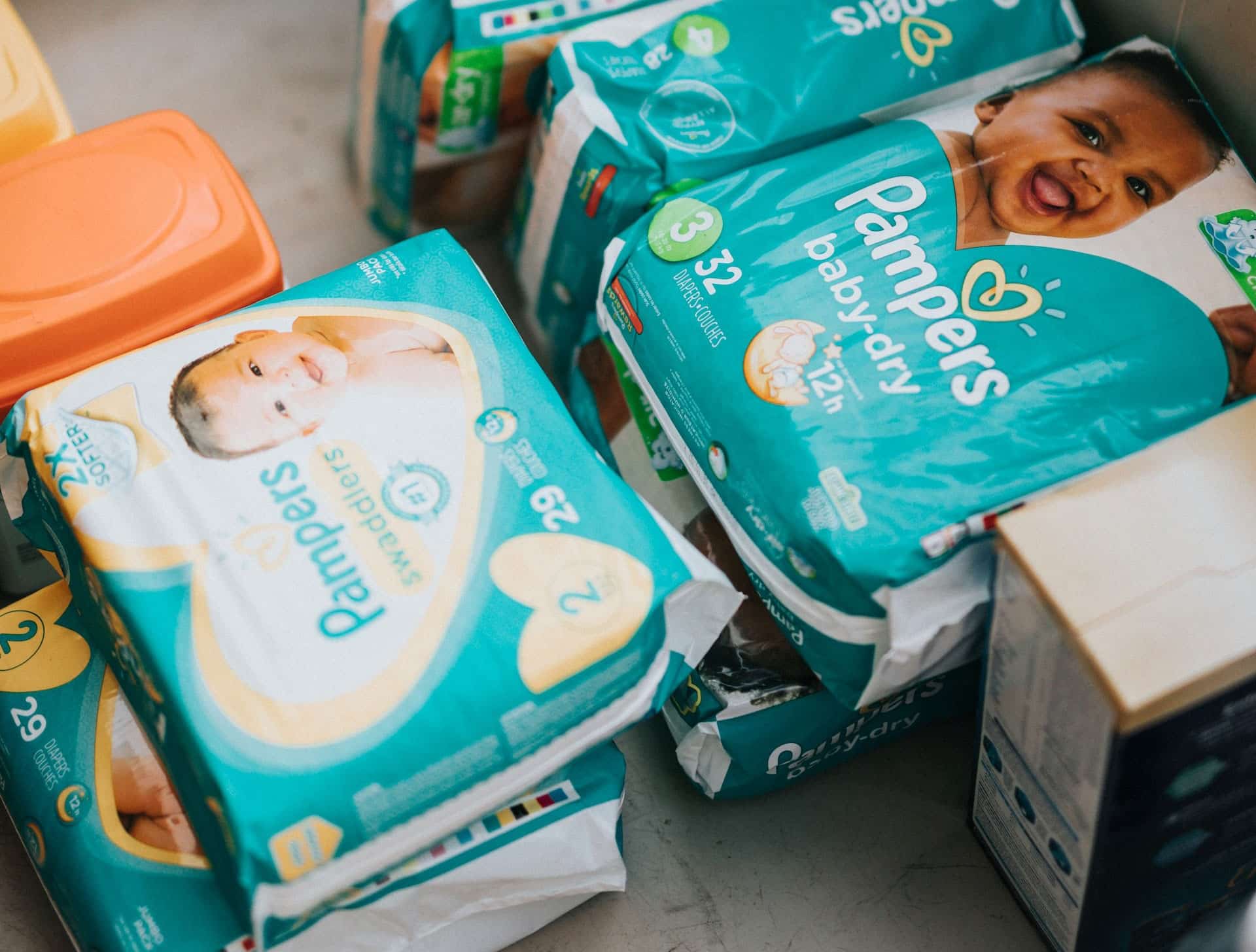
Add comment